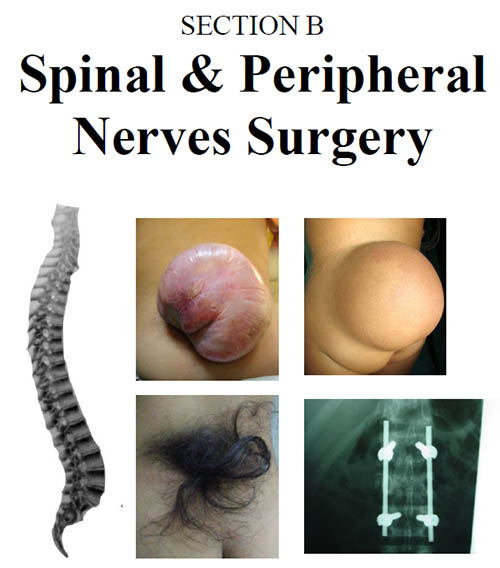Management of Type – II Odontoid Process Fracture by Anterior Odontoid Screw Fixation (AOSF) in Young Adults: Case Series
DOI:
https://doi.org/10.36552/pjns.v24i2.440Keywords:
Odontoid fracture, Anterior odontoid screw fixation, C – Spine injuries, axis vertebraAbstract
odontoid fracture AOSF with lag screw is the reference technique in unstable fracture. Various other treatment modalities have been described in the literature; however author finds the ASOF technique to be reasonable with less intraoperative and post-operative complications. Moreover the rate of bony fusion is also high and post-operative mobilization in case of ASOF.
Material and Methods: This is prospective observational case series. Two cases of odontoid fractures (type II) are reported.
Results and Conclusion: Our cases illustrated that odontoid fracture type II can successfully be managed with AOSF with good post-operative outcome. Union rate of this fracture is high with lag screw fixation (AOSF technique). Nevertheless, due to a limited number of cases author would also like to add that outcome could be better assessed in a larger group of study.
References
2. Anderson LD, D’Alonzo RT. Fractures of the odontoid process of the axis. J Bone Joint Surg Am. 1974; 56: 1663-1674.
3. Saro, A., Abdelhameid, A.K. & Fadl, K.N. Surgical outcome of type II odontoid fracture, Harms technique. Egypt J Neurosurg. 2019: 34: 3.
https://doi.org/10.1186/s41984-019-0031-1
4. Hadley et al., New subtype of acute odontoid fracture (Type IIA). Neurosurgery, 1988; 22 (1 pt 1): 67-71
5. Suoma Yuan et al. The comparison of clinical outcome of fresh type II odontoid fracture treatment between anterior cannulated screw fixations a posterior instrumentation of C1-C2 without fusion: a retrospective cohort study. Journal of Orthopaedic Surgery and Research, 2018: 13: 3.
6. Lennarson et al. Management of type II dens fracture: a case control study. Spine, 2000: 1234-1237.
7. Falavigna A, Righesso O, da Silva PG, Siri CR, Daniel JW, Esteves Veiga JC, Laurindo de Azevedo GB, Yurac R, Sanchez Chavez FA, Sfreddo E, Cecchini A, do Reis MM, Riew KD, Management of Type II Odontoid Fractures: Latin American Spine Centers Experience, World Neurosurgery. 2016.
Doi: 10.1016/j.wneu.2016.10.120.
8. Greene et al. Acute Axis Fractures: Analysis of Management and Outcome in 340 Consecutive Cases. Spine. 1997; 22 (16): 1843–1852.
9. Jenkins, et al. Clinical comparison of one - and two-screw odontoid fixation. J Neurosurgery, 1998; 89: 366-370.
10. C. Eap, et al. Odontoid fractures anterior screw fixation: A continuous series of 36 cases. Orthopaedics & Traumatology: Surgery & Research, 2010; 96: 748—752.

Published
Issue
Section
License
The work published by PJNS is licensed under a Creative Commons Attribution-NonCommercial 4.0 International (CC BY-NC 4.0). Copyrights on any open access article published by Pakistan Journal of Neurological Surgery are retained by the author(s).












